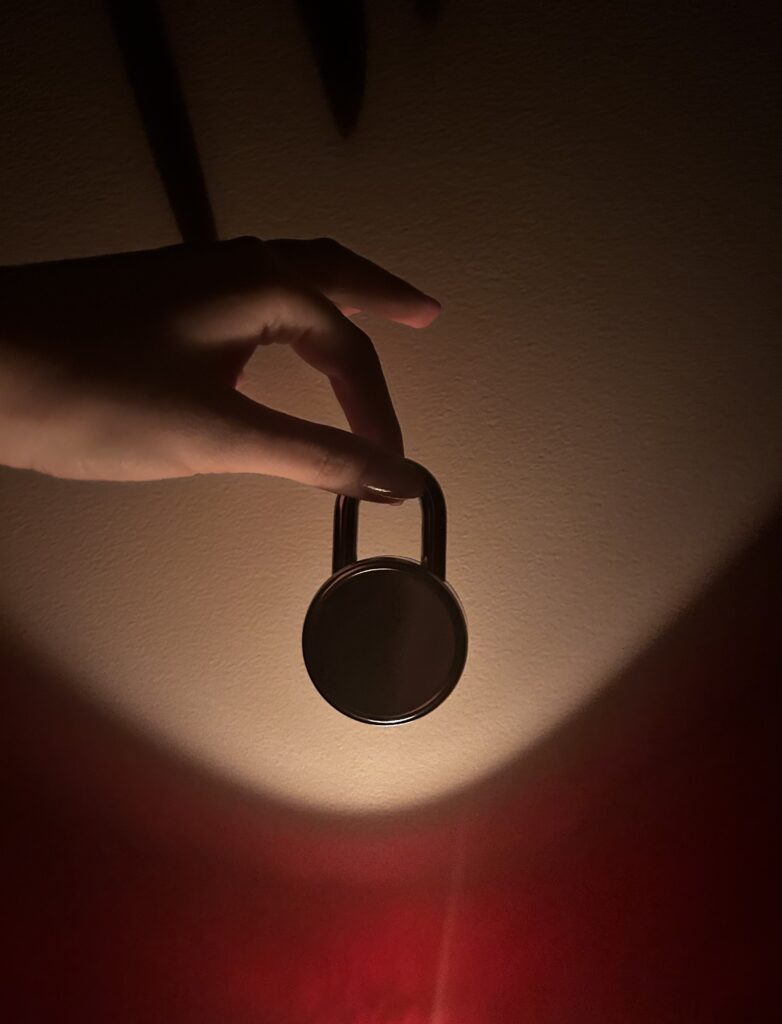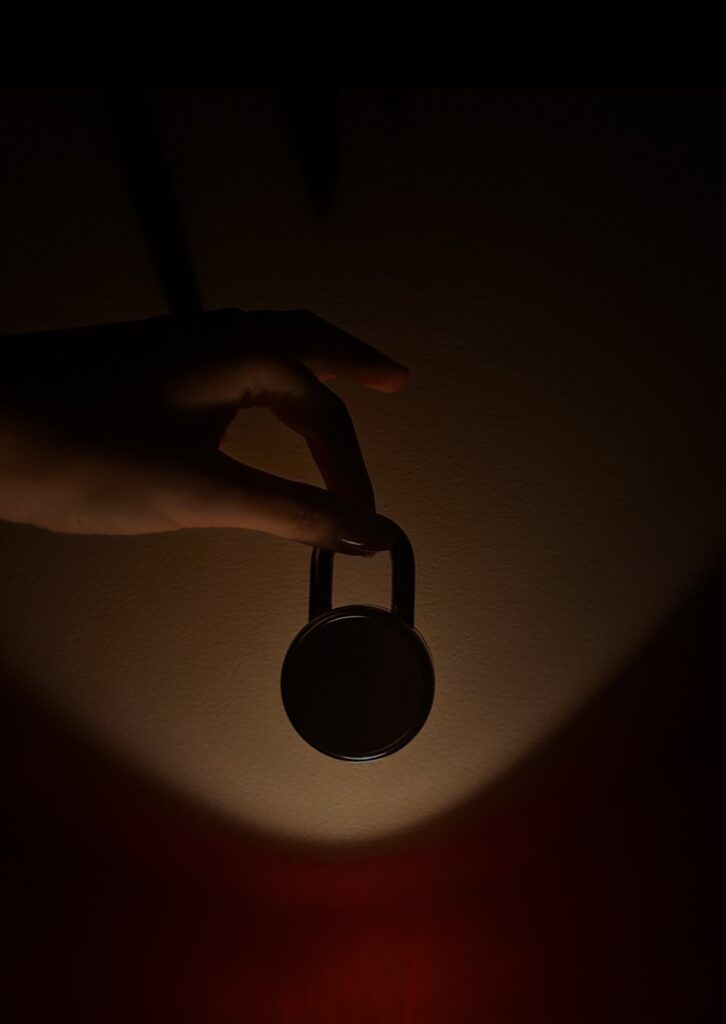Today you will be listening to my discussion with my friend regarding Elizabeth Packard, a woman who helped change the laws surrounding mental health and women’s rights. Getting more answers from my friend, who is pursuing her degree in women’s studies, helped expand my understanding of Packard’s life, and I hope will encourage you, the listener, to read about her for yourself!





Elizabeth Packard: The Woman Who Stood Up For Women’s Rights and Mental Health
By Krista Petrakos
In 1860, Elizabeth Packard, a 43-year-old mother of six children, was sent against her will to Illinois’ State Hospital for the Insane, with her husband, Theophilius Packard, deeming her crazy due to her opposing religious views and questioning of the Calvinist doctrine (Brandman, n.d.). Her story is among the dozens of women who pushed for legal reforms in both mental health and women’s rights in the United States and serves as inspiration around the world.
Institutionalized By Hearsay

Krista Petrakos
2025-06-19
Elizabeth Packard’s story, though shocking and inspirational, was not uncommon. Due to Illinois law at the time, no evidence or legal procedures were needed for her husband to claim she needed to be institutionalized (Brandman, n.d.). This is not the first time a woman was silenced by the law.
Once inside the hospital, she remained there for three years until she was deemed incurably insane, which translates to doctors being sick of her constant protest and her adult children demanding her release also meant they could have a new bed for someone else (Brandman, n.d.).
Not The End

Krista Petrakos
2025-06-19
Her imprisonment did nothing to stifle her determination. While confined, she wrote a 21 page letter arguing for her release, which the superintendent of the hospital ignored. She continued to write to him, detailing abuse of other patients that she witnessed (Packard, Elizabeth (1816–1897) | Encyclopedia.com, n.d.). Despite her own struggles, she also took care of the patients around her, solidifying not only proof of her sanity, but her true care for those around her (Packard, Elizabeth (1816–1897) | Encyclopedia.com, n.d.).
In 1863, she was released after her children demanded a public hearing, where she was declared sane by a jury. But that didn’t mean the ordeal was done. After being acquitted of insanity in 1864, she was not free from imprisonment, as her husband created a makeshift prison at their home and refused to let her read any letters she received, but through support of her friends and the jury, an unlikely case was created, and Packard was found sane by the judge (Wheeler, n.d.).
Turning the Tables

Krista Petrakos
2025-06-19
Luckily, the public notice from her trial permitted Packard to sell subscriptions for books she had yet to write. This meant as she wrote, she could support herself until her works were published and afterward. Her works such as The Prisoners’ Hidden Life and Marital Power Exemplified in Mrs. Packard’s Trial exposed how easily it was for women to be deemed insane by their own family and locked away without reason (Packard, Elizabeth (1816–1897) | Encyclopedia.com, n.d.). Her tireless campaigns and written works led to creations of laws to protect both married women and mental patients in Massachusetts and other U.S states (Packard, Elizabeth (1816–1897) | Encyclopedia.com, n.d.).
Packard’s strength within psychiatric institutions and her lack of legal identity as a woman gave her the ability to shed light on the abused women and mental patients alike were facing. To this day her story is used by advocates and women’s rights organizations to continue to demand change.

Krista Petrakos
2025-06-19
Her Legacy
Elizabeth’s Packard will forever be remembered as proof that even the smallest voices can make the biggest changes. From refusing to have her religious views silenced, breaking free of the chains put on her by her husband, to advocating for those who could not, her perseverance gave way to change.
Still, debate continues over mental health and women’s autonomy. But by utilizing Packard’s strength and story, there is always the chance for change.
References:
Brandman, M. (n.d.). Elizabeth Packard. National Women’s History Museum. https://www.womenshistory.org/education-resources/biographies/elizabeth-packard
Packard, Elizabeth (1816–1897) | Encyclopedia.com. (n.d.). https://www.encyclopedia.com/women/encyclopedias-almanacs-transcripts-and-maps/packard-elizabeth-1816-1897
Wheeler, S. (n.d.). Illinois Supreme Court history: Elizabeth Packard and mental health laws. Administrative Office of the Illinois Courts. https://www.illinoiscourts.gov/News/1037/Illinois-Supreme-Court-history-Elizabeth-Packard-and-mental-health-laws/news-detail/